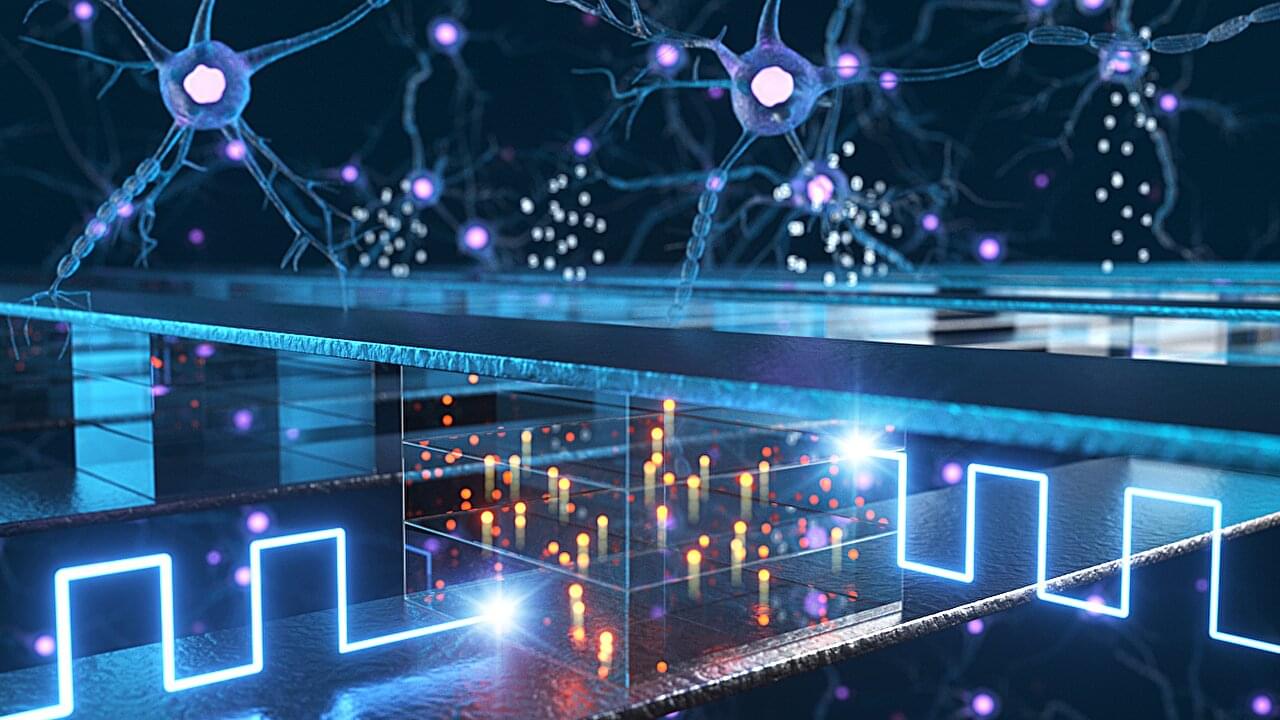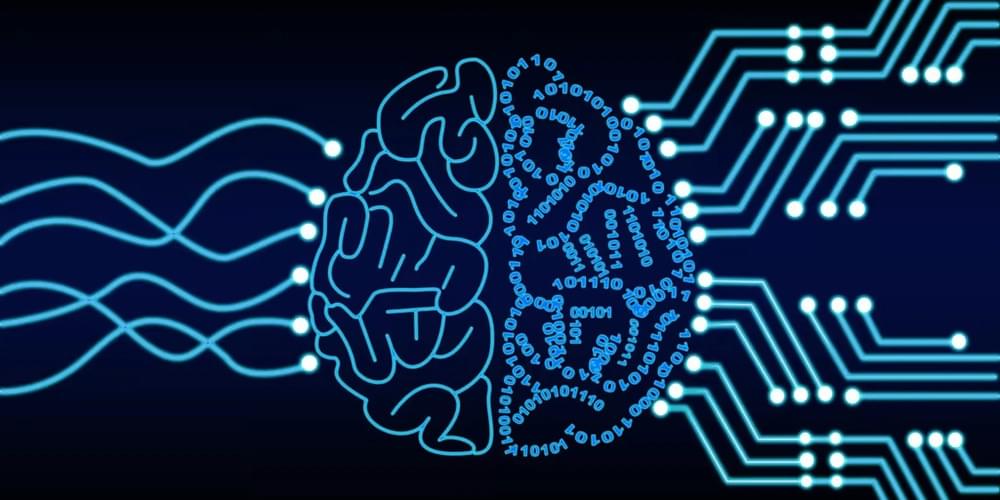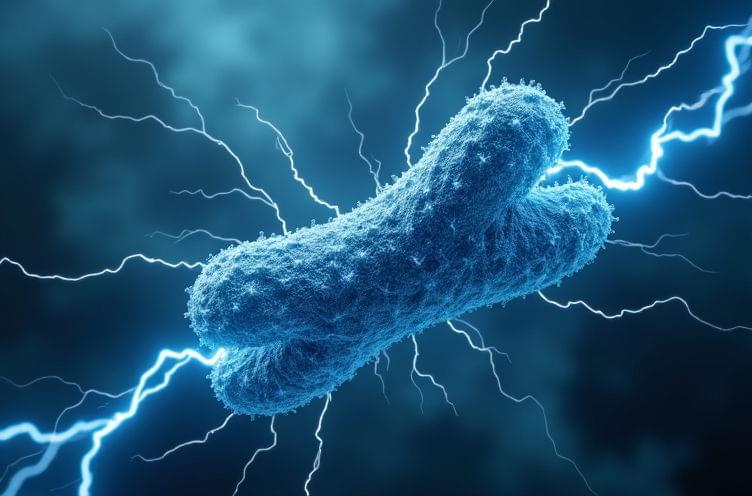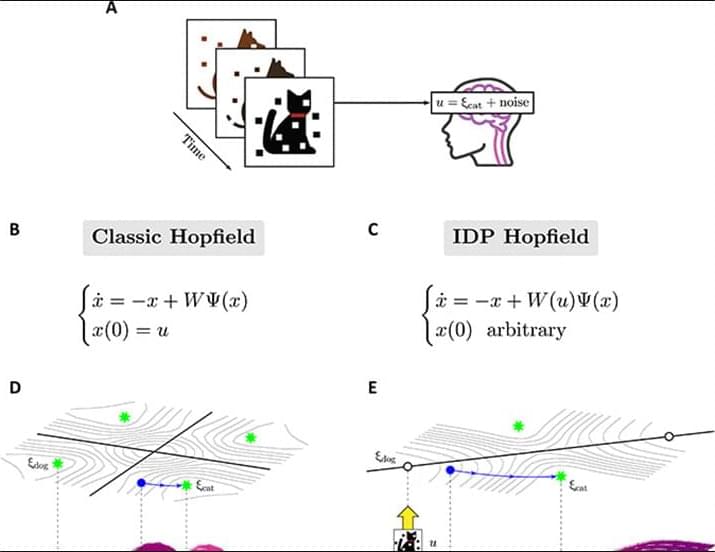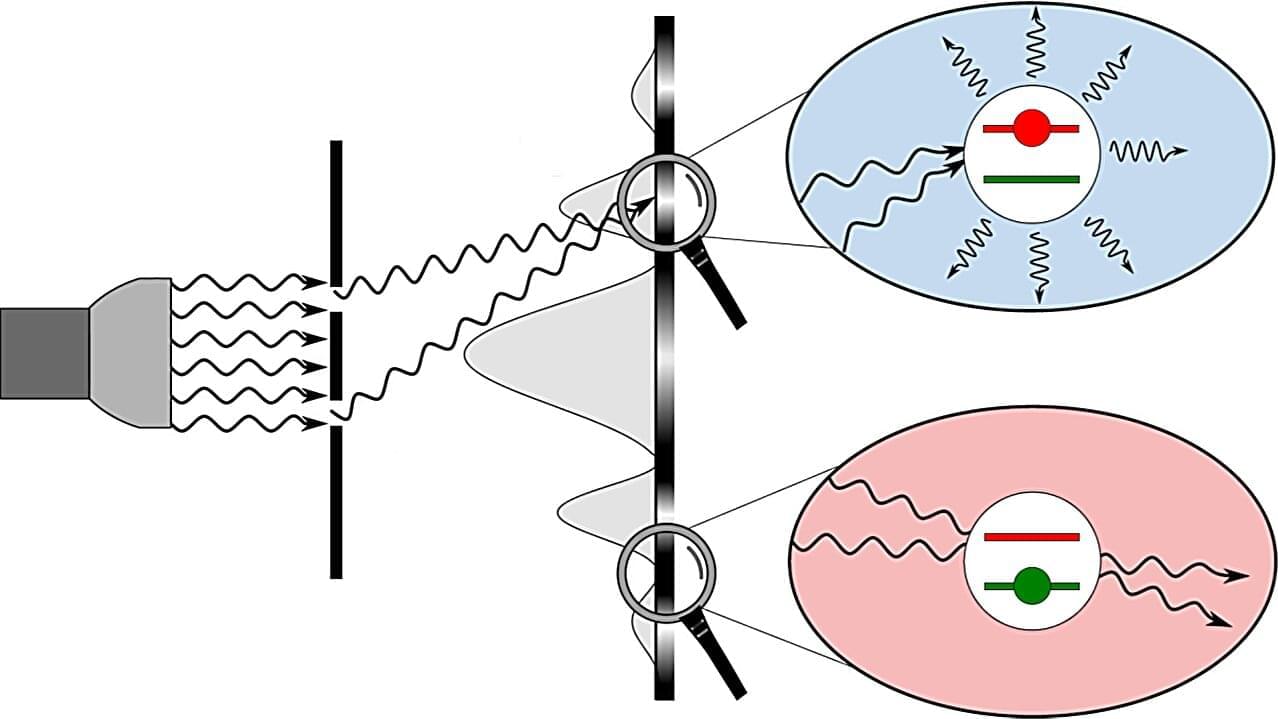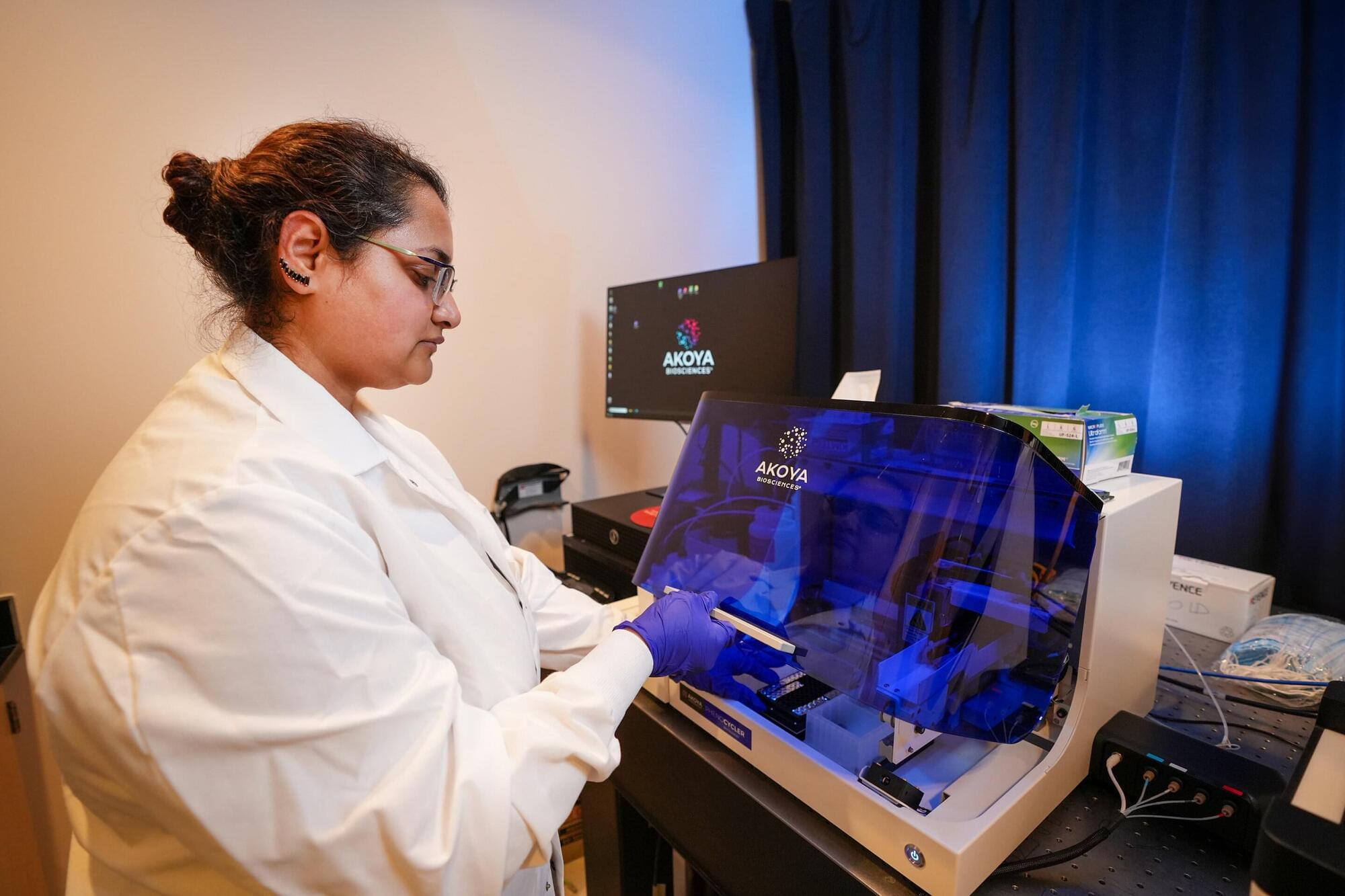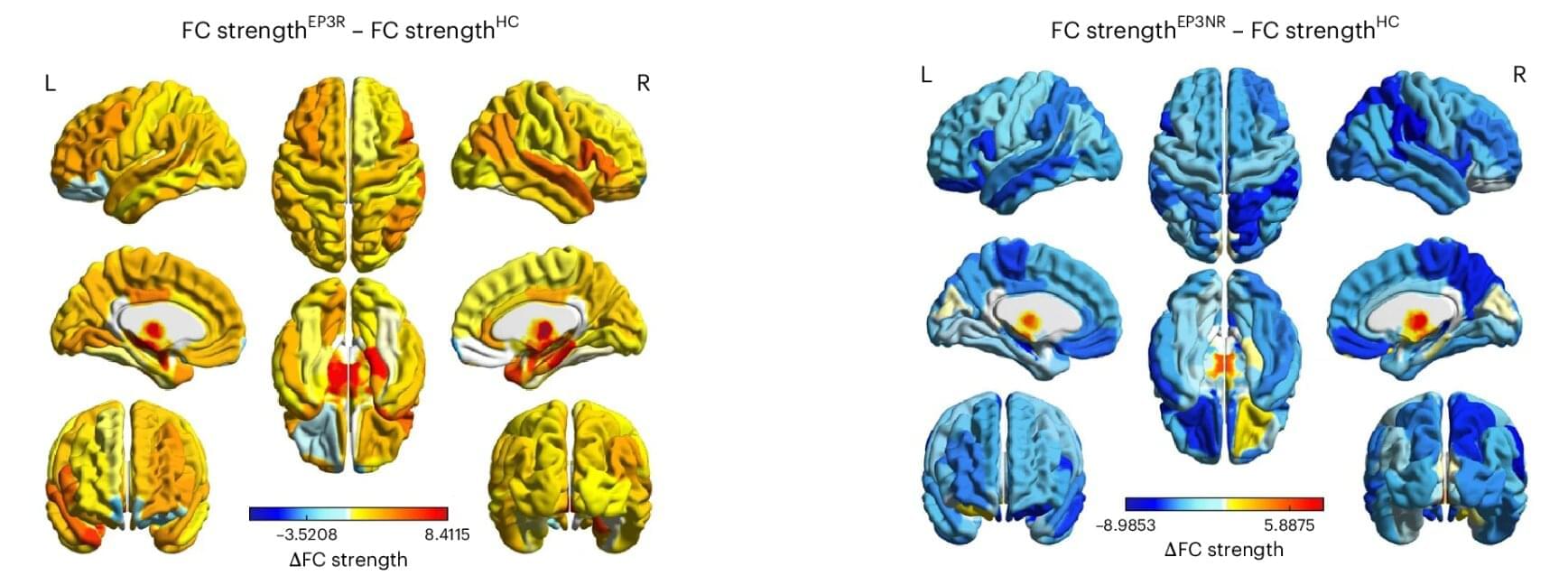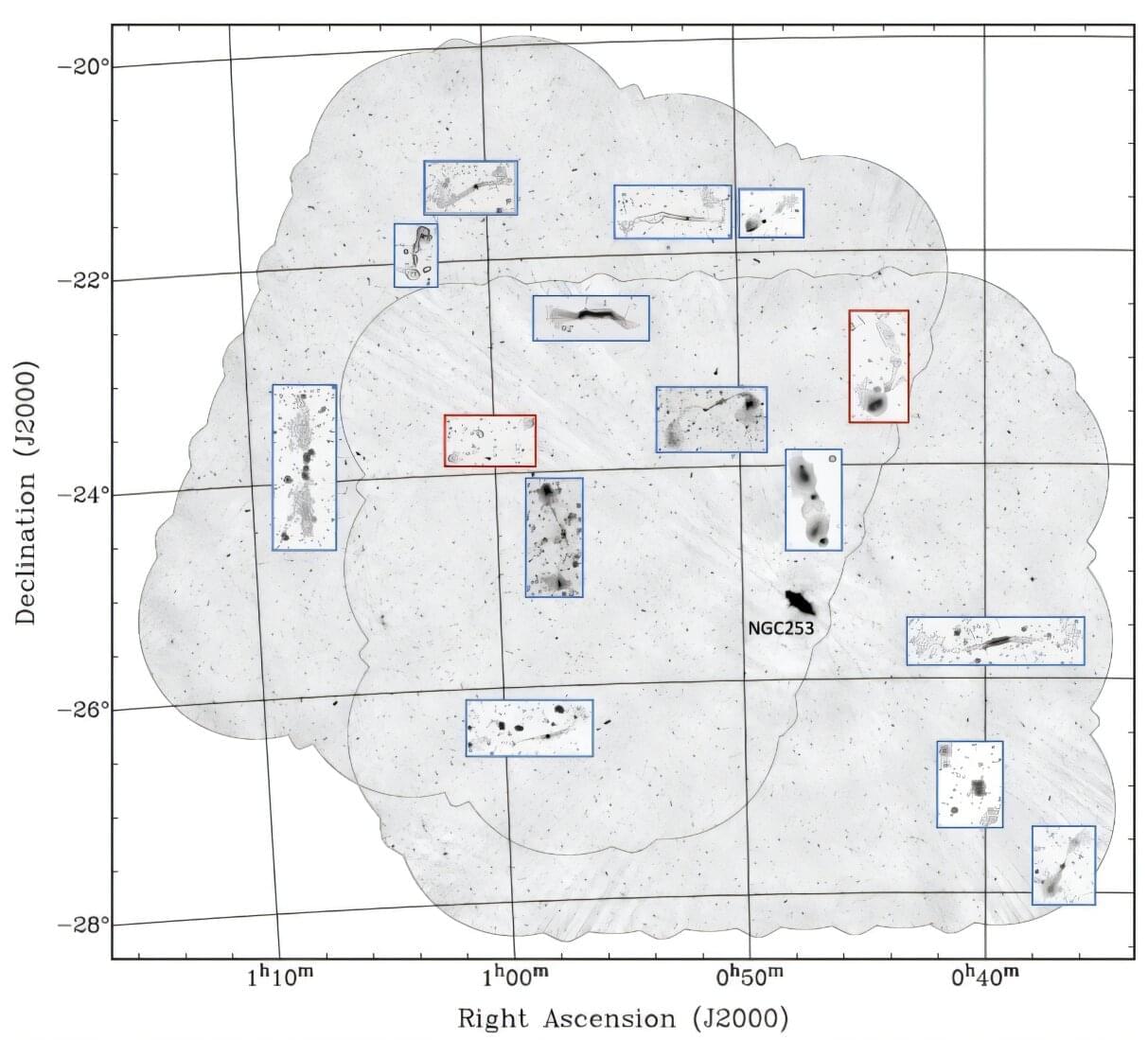In every scientific discovery in the movies, a scientist observes something unexpected, scratches the side of his or her forehead and says “hmmmmm.” In just such a moment in real life, scientists from Canada observed unexpected flashes of curved green light from a red light-emitting polymer above its surface. The flashes were reminiscent of the colored arcs that auroras take above Earth’s poles, providing a clue as to their provenance.
Their resulting investigation of the new phenomenon could find applications towards understanding the failures of polymer materials and more. Their work has been published in Physical Review Letters.
Jun Gao, a professor and chair of Engineering Physics at the Engineering Physics and Astronomy Department at Queen’s University in Ontario, Canada, and graduate student Dongze Wang were investigating the performance of semiconductors called polymer light-emitting electrochemical cells, or PLECs.

